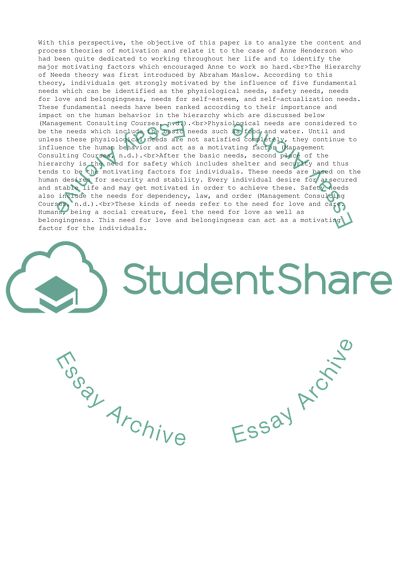Cite this document
(Motivation in the Workplace Book Report/Review Example | Topics and Well Written Essays - 1750 words, n.d.)
Motivation in the Workplace Book Report/Review Example | Topics and Well Written Essays - 1750 words. Retrieved from https://studentshare.org/management/1772782-motivation-in-the-workplace
Motivation in the Workplace Book Report/Review Example | Topics and Well Written Essays - 1750 words. Retrieved from https://studentshare.org/management/1772782-motivation-in-the-workplace
(Motivation in the Workplace Book Report/Review Example | Topics and Well Written Essays - 1750 Words)
Motivation in the Workplace Book Report/Review Example | Topics and Well Written Essays - 1750 Words. https://studentshare.org/management/1772782-motivation-in-the-workplace.
Motivation in the Workplace Book Report/Review Example | Topics and Well Written Essays - 1750 Words. https://studentshare.org/management/1772782-motivation-in-the-workplace.
“Motivation in the Workplace Book Report/Review Example | Topics and Well Written Essays - 1750 Words”, n.d. https://studentshare.org/management/1772782-motivation-in-the-workplace.


